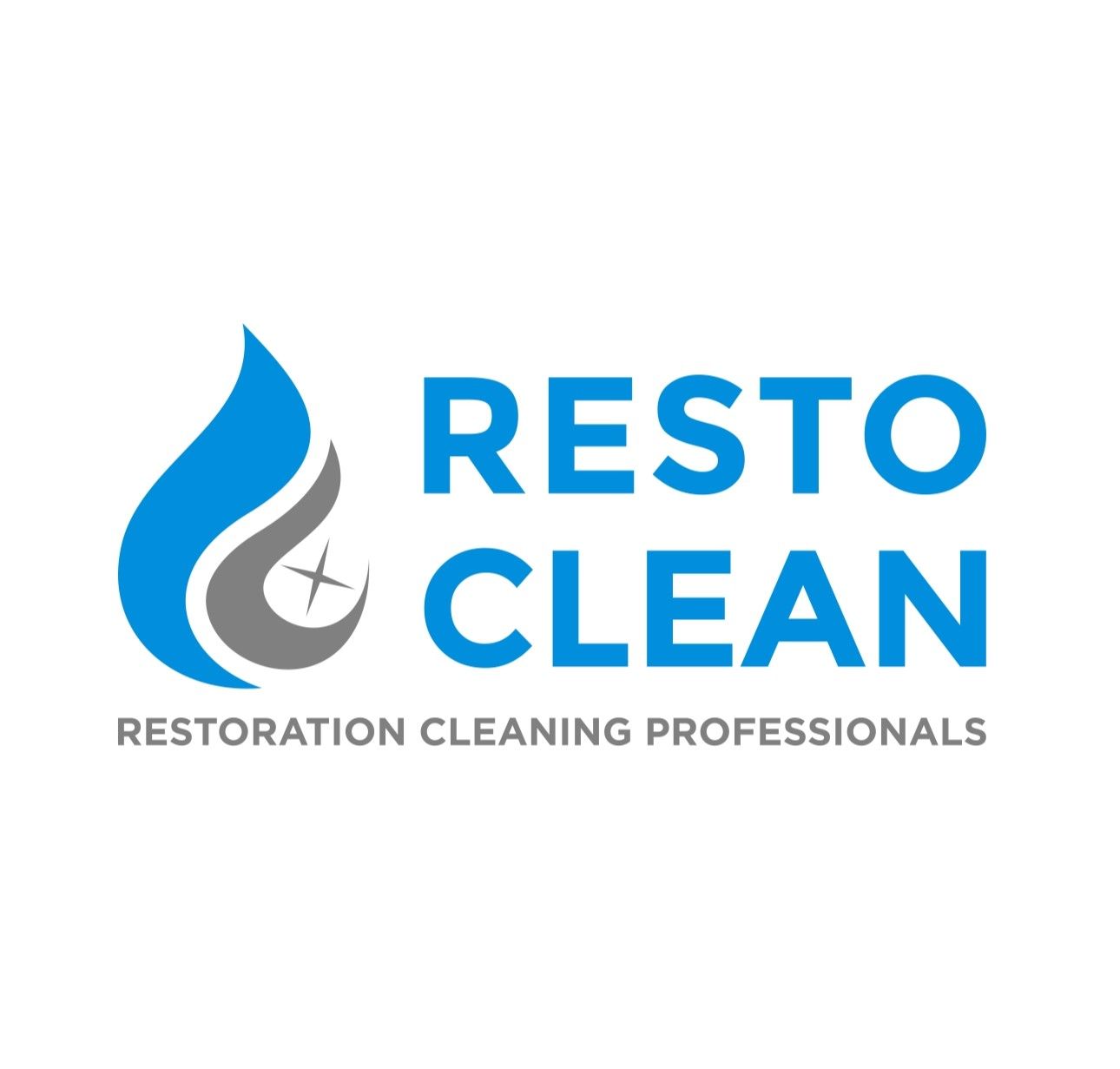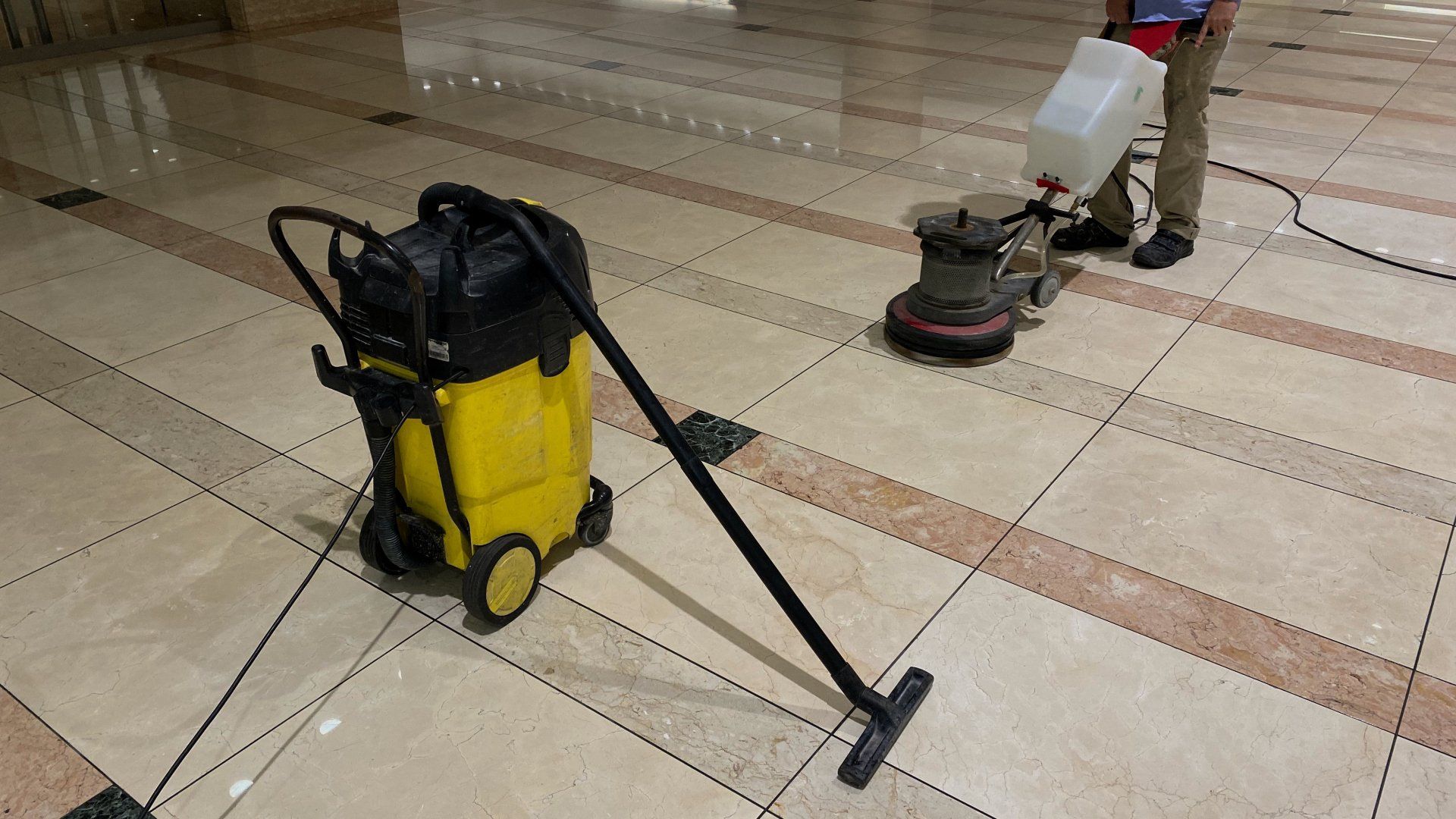Blog Layout
Navigating Flood Damage in Boise: Essential Steps for Timely Home and Business Restoration
Daisy Wick • August 21, 2023
Flood damage can wreak havoc on both homes and businesses in Boise, posing threats to structures, belongings, and overall well-being. Addressing flood damage promptly and effectively is crucial to prevent further deterioration and to restore your property to its pre-disaster state. In this comprehensive guide, we'll explore the essential steps you need to take to navigate flood damage in Boise and ensure a timely restoration process.
Understanding the Scope of Flood Damage: Flood damage encompasses a range of issues that require immediate attention:
Structural Damage: Floodwaters can compromise the structural integrity of buildings, leading to weakened foundations, walls, and floors.
Mold Growth: Excess moisture from floods provides a breeding ground for mold, which can spread quickly and impact indoor air quality.
Health Hazards: Floodwaters may contain contaminants and pollutants that pose health risks to occupants.
Step 1: Prioritize Safety: Before beginning any restoration efforts, prioritize safety for yourself and others:
Electrical Safety: Ensure electricity is turned off in affected areas to prevent electrical hazards.
Protective Gear: Wear appropriate personal protective equipment (PPE) including gloves, masks, and boots to prevent exposure to contaminants.
Structural Integrity: Assess the stability of structures before entering affected areas.
Step 2: Document the Damage: Documenting the extent of the flood damage is crucial for insurance claims:
Photographs and Videos: Capture detailed images and videos of the damage before cleanup begins.
Inventory: Create a list of damaged items and their estimated value for insurance purposes.
Step 3: Swift Water Removal: Remove standing water as quickly as possible to prevent further damage:
Water Extraction: Use pumps, wet/dry vacuums, and other equipment to remove standing water.
Dehumidification: Set up dehumidifiers to reduce moisture levels and aid in drying.
Step 4: Professional Restoration Assessment: Engage flood damage restoration professionals to assess the extent of the damage:
Thorough Evaluation: Experts will assess structural damage, potential mold growth, and the overall condition of your property.
Restoration Plan: Based on their assessment, professionals will develop a customized restoration plan.
Step 5: Mold Prevention and Remediation: Address potential mold growth to maintain indoor air quality:
Drying: Ensure thorough drying to prevent mold growth and further damage.
Mold Assessment: Conduct mold assessments to identify areas of concern and implement remediation strategies.
Step 6: Structural Repairs and Restoration: Undertake necessary repairs to restore your property to its pre-flood condition:
Foundation and Structural Repairs: Address any structural damage, reinforcing foundations and repairing compromised areas.
Interior Restoration: Replace damaged drywall, insulation, flooring, and other materials as needed.
Step 7: Prevent Future Flood Damage: Implement measures to prevent future flood damage:
Elevate Electrical Systems: Elevate electrical outlets and systems to minimize exposure to water.
Sump Pump Installation: Install sump pumps and proper drainage systems to redirect water away from structures.
Conclusion: Rebuilding After the Storm
Flood damage in Boise demands immediate action and careful restoration efforts. By prioritizing safety, documenting damage, removing water swiftly, seeking professional help, and taking preventive measures, you're not only safeguarding your property but also ensuring the safety and well-being of your loved ones. Remember, navigating flood damage is a journey toward recovery, restoration, and resilience.
Share
Tweet
Share
Mail

By Daisy Wick
•
October 9, 2023
Water damage in your home can be a homeowner's worst nightmare. Whether it's from a burst pipe, flooding, or a leaky roof, the aftermath of water damage can be overwhelming. Fortunately, there are specialized tools and equipment, such as air movers, designed to assist in the restoration process. In this blog, we'll explore what air movers are and how they play a crucial role in mitigating water damage and restoring your home to its former glory. Understanding Water Damage Before we delve into the role of air movers, it's essential to understand the nature of water damage. When water infiltrates your home, it can saturate walls, floors, and other surfaces. This excess moisture creates an environment conducive to mold growth, structural damage, and the deterioration of your belongings. Effective and timely action is crucial to prevent further harm. What Are Air Movers? Air movers, often referred to as "blowers" or "fans," are high-powered devices specifically designed to facilitate the drying process in water-damaged areas. These machines are not your typical household fans; they are industrial-grade equipment capable of moving large volumes of air efficiently. How Air Movers Work Air movers work by creating a continuous flow of air across wet surfaces, which accelerates the evaporation of moisture. Here's how they operate: Increased Air Circulation: Air movers generate a strong, focused airflow that covers a wide area, ensuring that moisture is distributed evenly. Enhanced Evaporation: By constantly circulating air, these machines increase the rate of evaporation. This, in turn, helps to remove moisture from materials like carpets, drywall, and wooden surfaces. Preventing Mold Growth: Rapidly drying affected areas is crucial in preventing mold and mildew from taking hold. Air movers play a key role in reducing the moisture content, inhibiting mold growth. Structural Protection: Efficient drying with air movers can help protect the structural integrity of your home. Reducing moisture prevents long-term damage, such as wood rot and weakening of building materials. Placement and Strategy The effectiveness of air movers depends on proper placement and a strategic approach. Restoration professionals carefully position these machines to create a vortex of air circulation that maximizes the drying process. They also monitor the progress of drying to ensure that it is thorough and comprehensive. Conclusion Air movers are indispensable tools in the aftermath of water damage to your home. Their ability to expedite the drying process, prevent mold growth, and protect your property's structural integrity is invaluable. When faced with water damage, don't underestimate the importance of these industrial-grade fans. Whether operated by restoration professionals or homeowners, air movers are essential in returning your home to its pre-damaged condition. Remember, acting swiftly and efficiently is key to minimizing the impact of water damage and ensuring a successful restoration process.

By Daisy Wick
•
February 3, 2023
When disaster strikes, you want to work with a company that you can trust to get the job done right. Resto Clean is that company. With years of experience in the industry, Resto Clean has the knowledge, skills, and equipment necessary to get your property back to its pre-disaster state. Comprehensive Services: Resto Clean offers a wide range of disaster restoration services, including fire damage restoration, water damage restoration, mold remediation, and storm damage restoration. No matter what type of disaster has affected your property, Resto Clean has the expertise to help. Fast Response Time: In an emergency situation, time is of the essence. Resto Clean understands this, which is why they have a fast response time to help get the restoration process started as soon as possible. They understand that the sooner the restoration process begins, the less the damage will be and the faster the restoration will be completed. Experienced Technicians: Resto Clean is staffed by experienced technicians who have been trained in the latest restoration techniques. These technicians are committed to providing the best possible service to each and every customer, and they are always striving to improve their skills and knowledge in order to better serve the community. Insurance Support: Resto Clean works closely with insurance companies to help make the restoration process as smooth and stress-free as possible. They understand the importance of having insurance coverage in the event of a disaster, and they are here to help you navigate the claims process and ensure that your property is fully restored. Local Business: Resto Clean is a local business, so you can be sure that you are supporting the Nampa, Idaho community when you choose them for your disaster restoration needs. They understand the needs of the local community and are committed to providing the best possible service to each and every customer. —------------ Disasters can be devastating, but with Resto Clean, you can rest assured that your property will be restored to its pre-disaster state. Whether you have suffered fire damage, water damage, mold damage, or storm damage, Resto Clean is here to help. With their fast response time, experienced technicians, insurance support, and commitment to the Nampa, Idaho community, you can be sure that you are in good hands with Resto Clean. So, don't wait any longer, contact Resto Clean today to start the disaster restoration process.